In Defense of Mirrored Walls — Why This "Dated" 70s Trend Is Re-Exciting Us for 2025
Once a hallmark of dated interiors, reflective walls and surfaces bring new brilliance to contemporary homes with more space and light
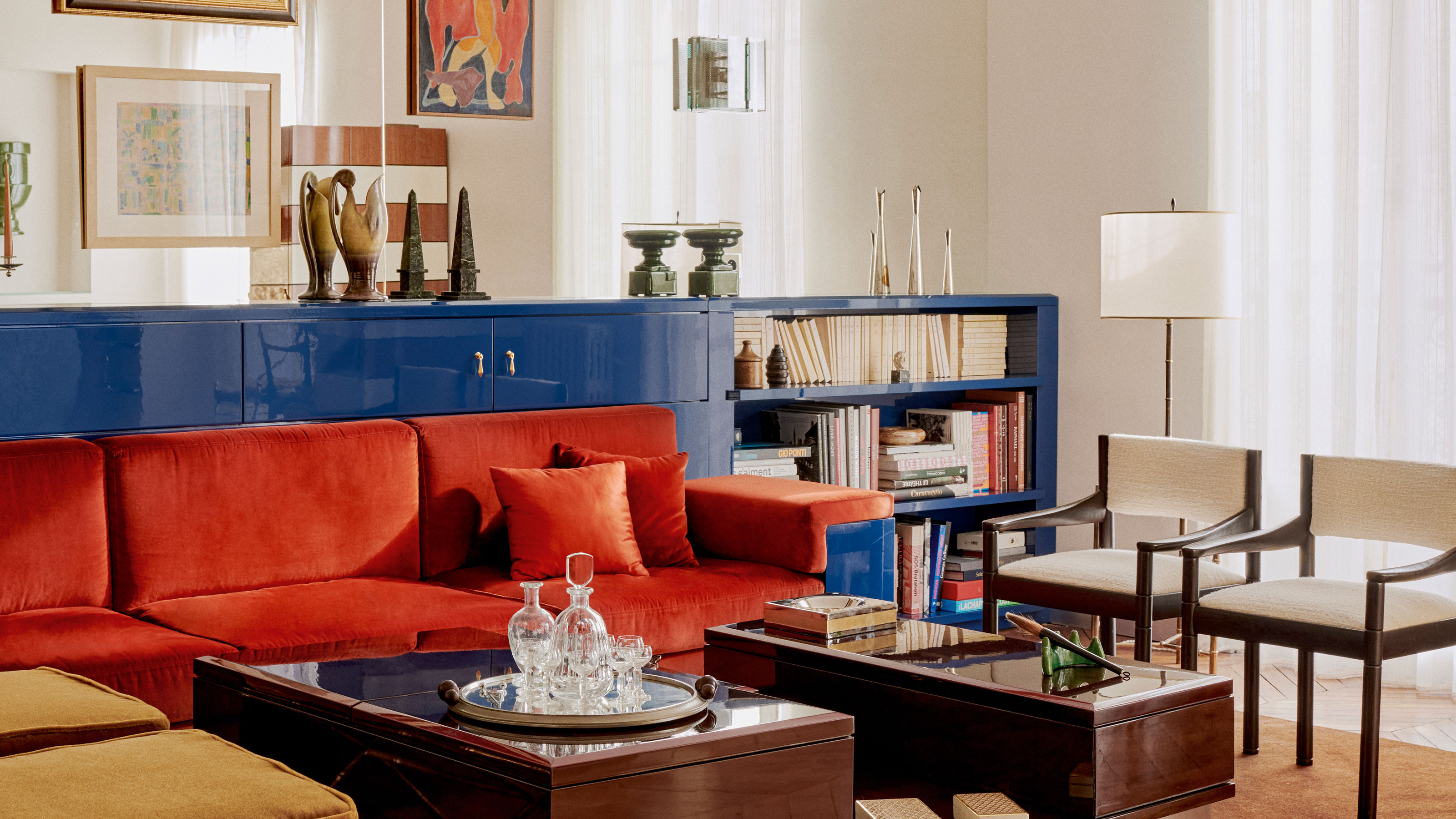
Not long ago, mirrored walls were a sign that your home was overdue for a refresh. After making a splash in the 1970s, when disco aesthetics inspired glam interiors, the flashy feature didn’t have staying power in the decades that followed. But designers have refreshed the idea, using the reflective material strategically and across new surfaces – a sign that a little shine has renewed appeal.
"We've seen, in the last few years, a surge in the need for glamor in general," says Aurélien Raymond, co-founder of Paris’ Studio Akademos. "Minimalism is gradually making way for maximalism and mirrors are a big part of this trend." We’re not just talking about a mirror over a fireplace, or a floor length in your closet. The most interesting mirrors we’re seeing today take over walls in unexpected places, or clad architectural features like doors and even kitchen islands (yes, you read that right).
And while they can bring a wow factor to your home, they can just as easily bring clarity; used strategically, they can make interiors sleek, not unlike the cool, chrome metals that have swept through design in the past year.
But the functional perks of mirrors remain the same: they reflect their surroundings, making rooms appear bigger and brighter. "We really believe there is something special with this material," says Jesús Díaz Osuna, partner and architect at Madrid’s Febrero Studio. "It is probably the only material capable of duplicating light and space in such a powerful way."
Here are just a few ways designers are bringing mirrored surfaces to a new level.
1. Expansion Plans
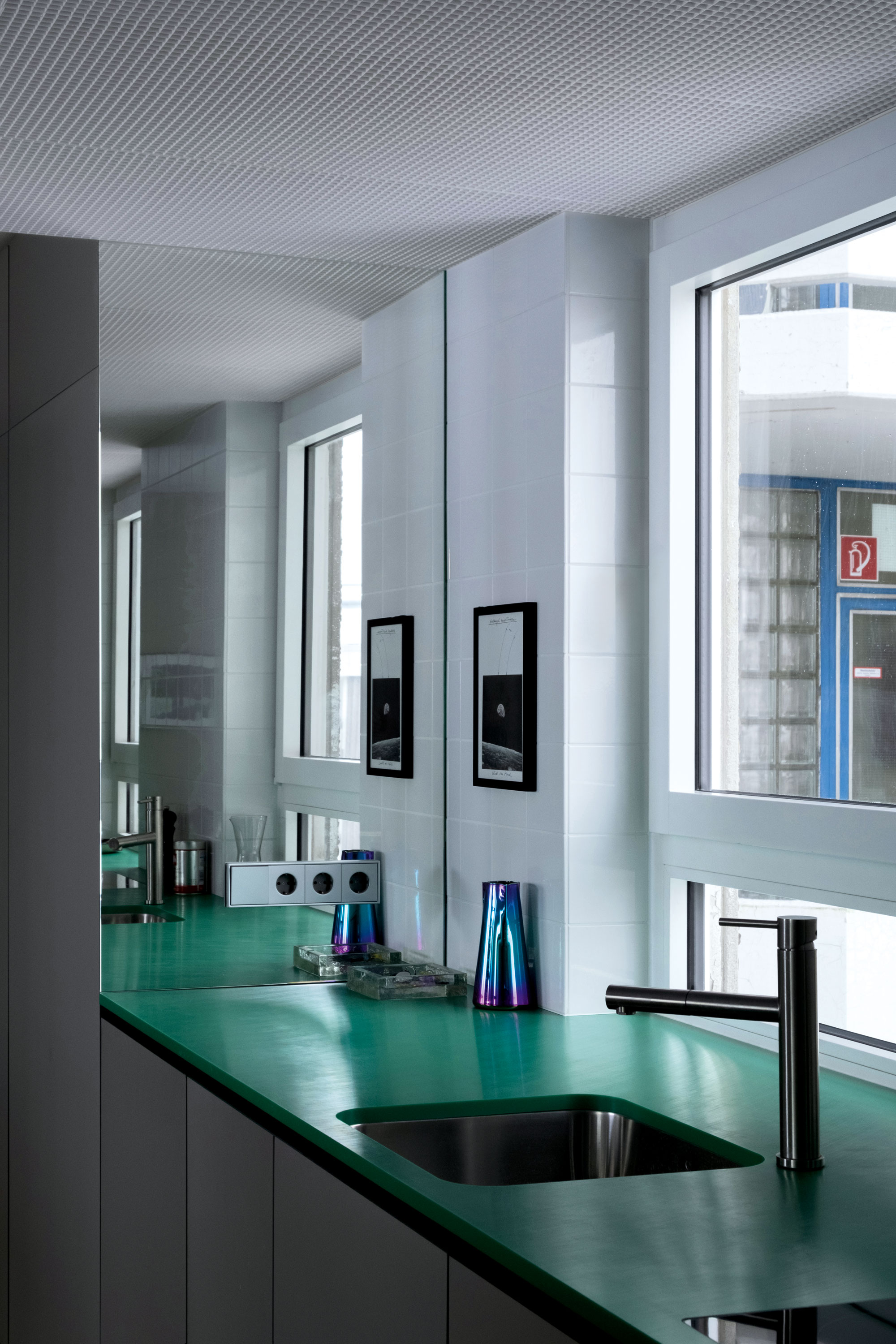
Decorating with mirror surfaces can ‘expand’ the feeling of space, especially in apartments where space is limited like this apartment titled ‘KIER’ in Cologne, Germany. "The mirrors reflect the views that the apartment provides onto the park and the cityscape into the apartment," explains Matthias Hoffmann, partner at Demo Working Group. Strategically placed in the kitchen near a stretch of windows, the effect creates a double feature. "We used it to provide an optical illusion that makes the countertop look like it’s double the length from a certain viewpoint," he adds.
2. Face yourself
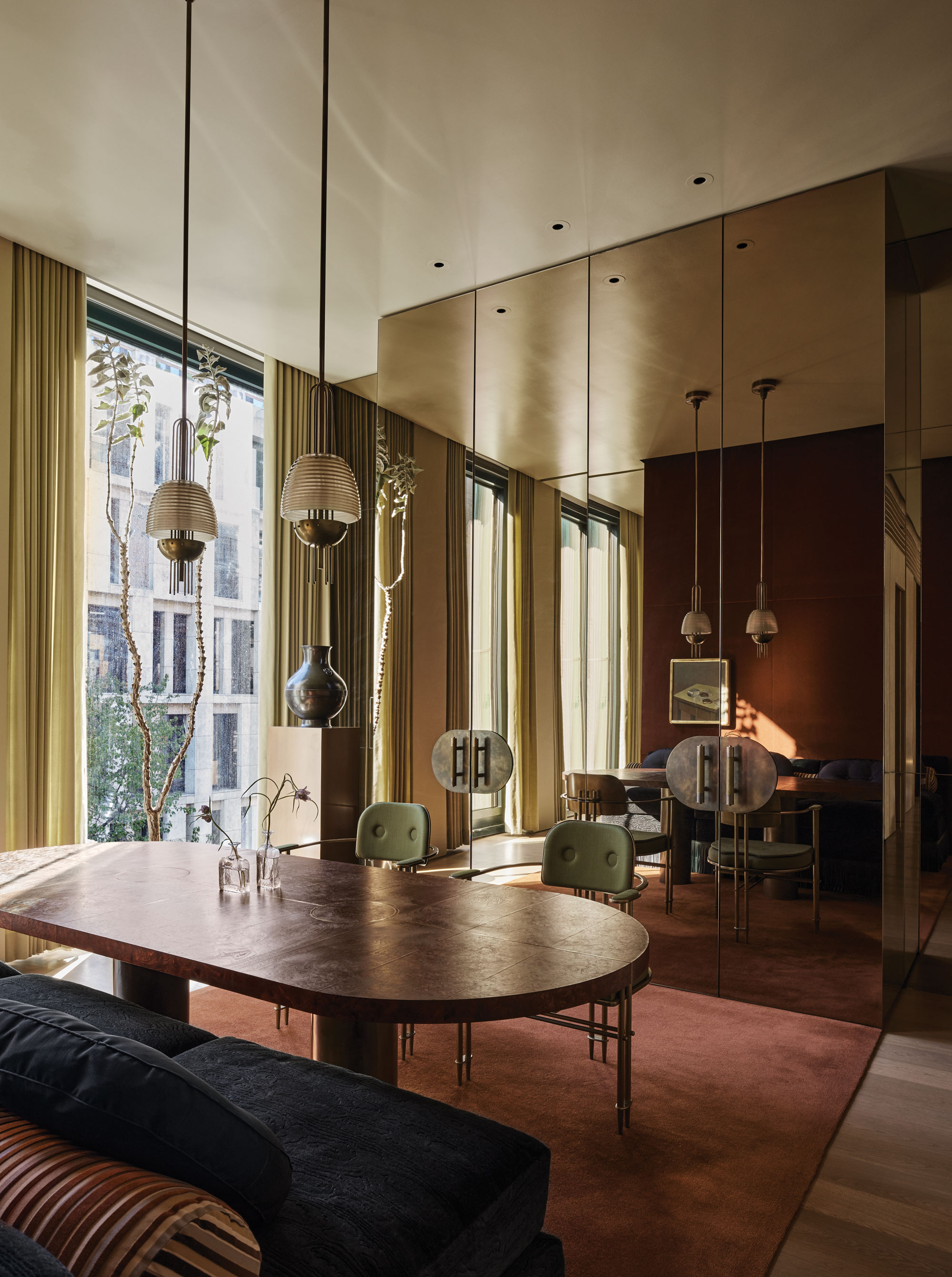
For Gabriel Hendifar, co-founder of NYC’s lighting and furniture studio APPARATUS, mirrors can be functional while also offering meaningful moments of self reflection. "Mirrors are very powerful tools, both to multiply and expand, and to give you the ability to heighten your connection to an experience in real time by seeing yourself in the play," he says.
In his apartment, a gem within a John Pawson-designed building, Gabriel installed bronze mirror wall paneling across a wall and cabinetry that reflects a seated dining area. The mirrors create a glamorous effect for intimate dinner parties and gatherings where guests can see themselves in the space – and live in the moment, too.
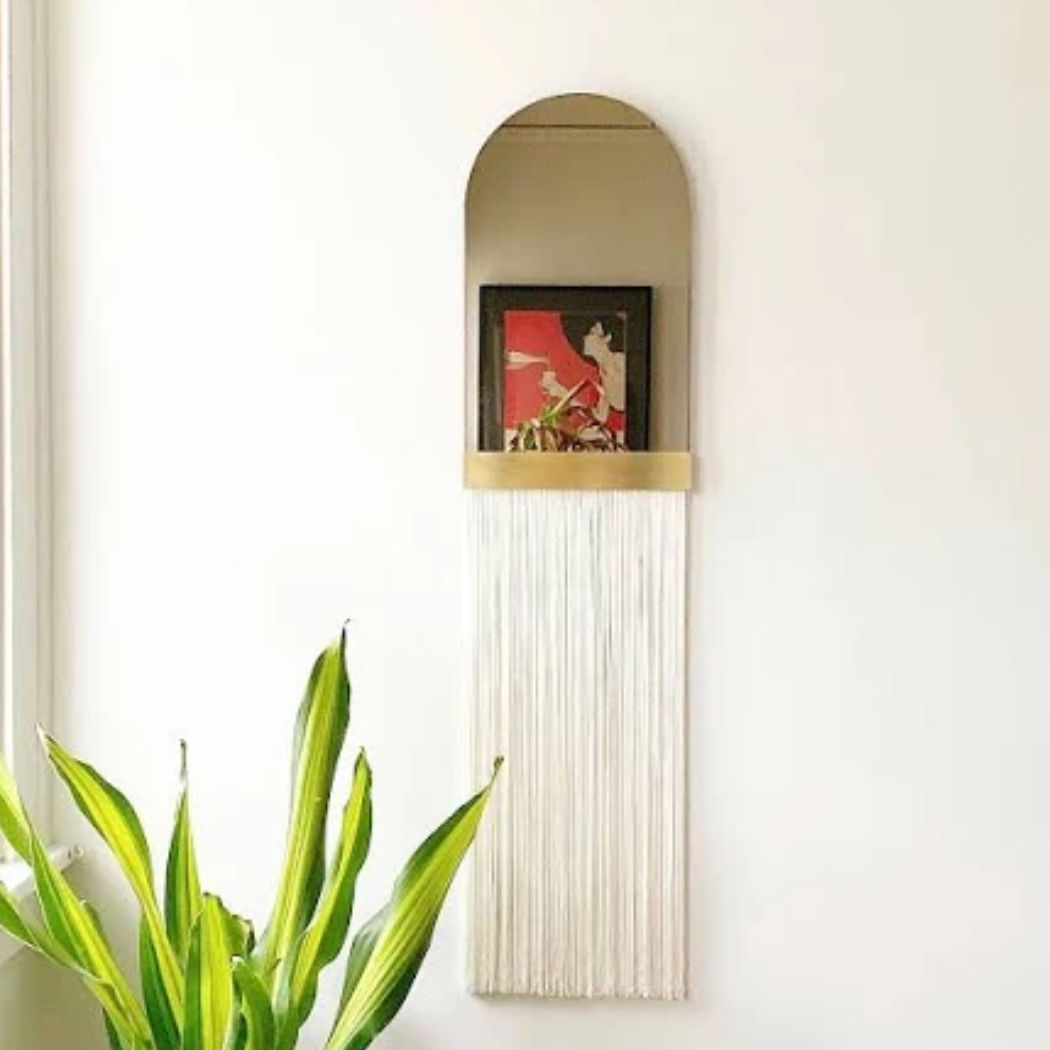
Price: $420
If you can't go entirely mirrored walls in this warming bronze tint, invest in a smaller mirror instead.
3. Lighten up
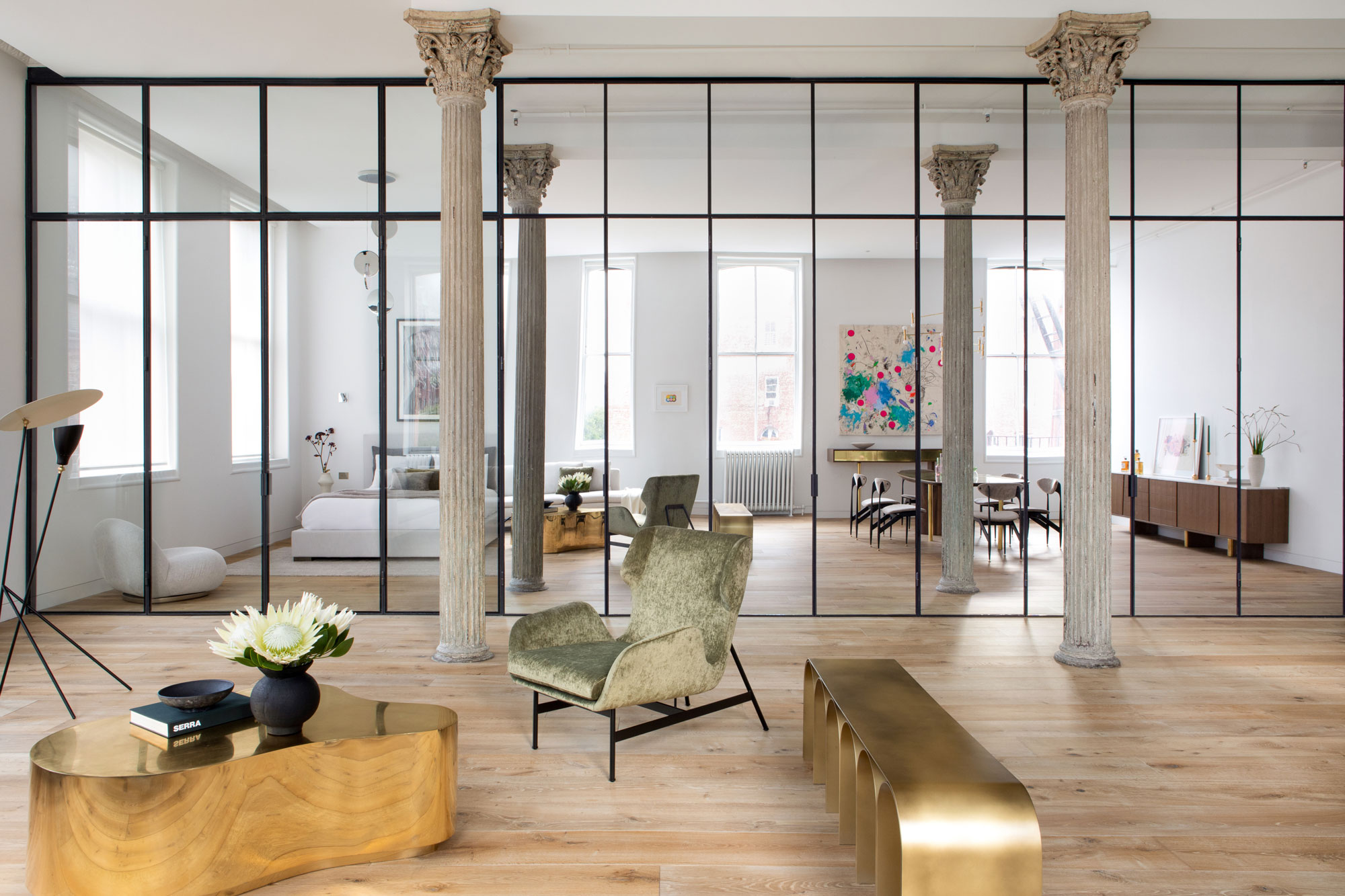
If your home gets natural light that you want to enhance – or simply not enough – larger expanses of mirrors can help bounce light throughout your space, creating a brighter look all around.
In this corner loft in Tribeca, a mirrored wall at the center (which also includes mirrored doors that open to a kitchen, bathroom, and laundry room) does more than amplify space, maximizing light from outside. "The apartment's generous windows are also reflected, bathing the walls with soft, refracted light," says New York-based architect Andrea Leung.
4. Mirror clad

In the main bedroom of an apartment designed by Krakow’s Paradowski Studio, mirrors work like cladding on a floating built-in closet and vanity. Bringing lightness to a large volume that could easily feel heavy in the space, the effect has obvious benefits: space and light are augmented, turning a massive feature into a brilliant room divider (the wardrobe itself separates the bedroom and bathroom areas) that actually multiplies the feeling of space.
Like turning a closet inside out, it also takes the typical full-length mirror to a whole other plane.
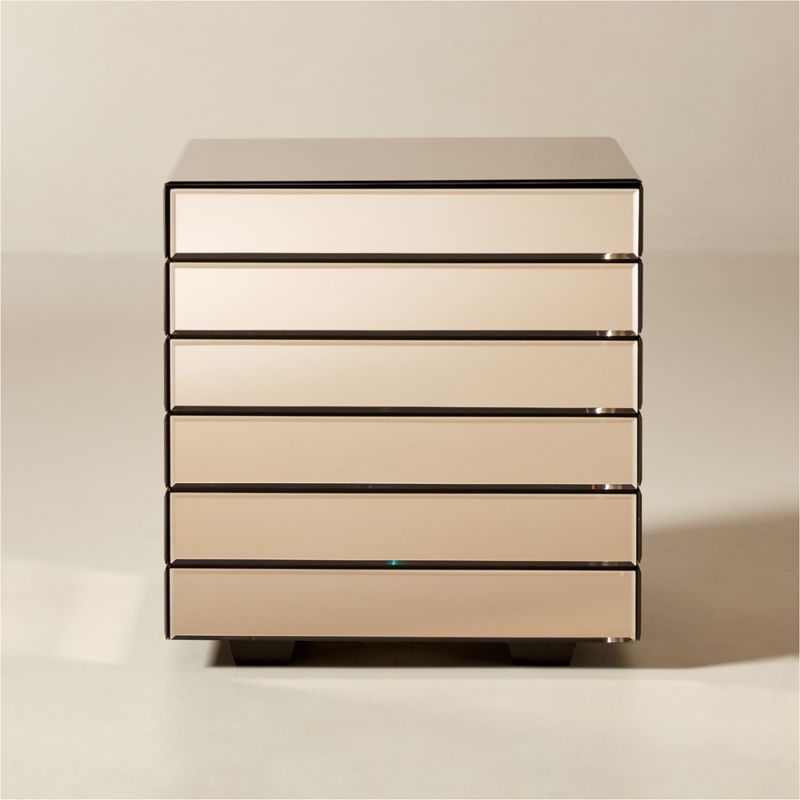
Price: $539
Mirrored furniture doesn't have to feel dated — a design such as this nightstand feels modern and minimalist in all the best ways.
5. Artpop
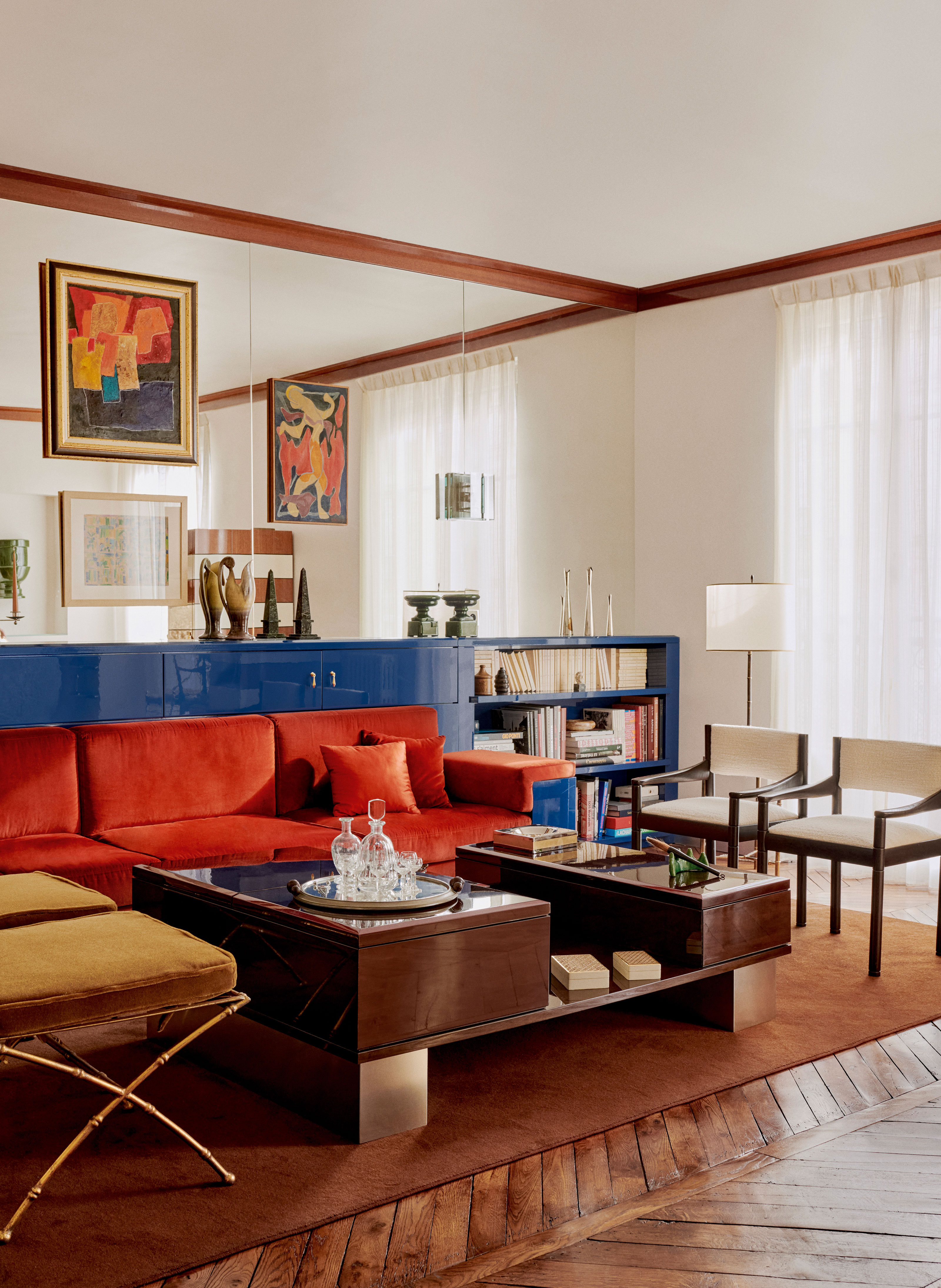
In Paris, a city that’s no stranger to mirrored walls at home, Studio Akademos went a step further by hanging art directly on the surface. "Because mirrors are reflective, hanging pictures on them makes the wall almost disappear," says Aurélien Raymond, co-founder of Studio Akademos. "Mirrors create a visual effect where pictures seem to be floating in mid air. It generates a sort of 'trompe l'oeil'."
The dramatic effect requires careful planning; Aurélien stresses the need to plan out each placement in advance, as holes and anchors for each frame must be done by expert craftsmen – extra effort for mesmerizing results.
Leaning into the glam factor, designers often opt for variations with a vintage feel, from bronzed and antiqued mirrors to tinted varieties that bring a bit more subtle mood. But plenty of designers also use the most straightforward and accessible variety (it's quite affordable) to create illusions and crack open tight spaces.
Be The First To Know
The Livingetc newsletters are your inside source for what’s shaping interiors now - and what’s next. Discover trend forecasts, smart style ideas, and curated shopping inspiration that brings design to life. Subscribe today and stay ahead of the curve.
Keith Flanagan is a New York based journalist specialising in design, food and travel. He has been an editor at Time Out New York, and has written for such publications as Architectural Digest, Conde Nast Traveller, Food 52 and USA Today. He regularly contributes to Livingetc, reporting on design trends and offering insight from the biggest names in the US. His intelligent approach to interiors also sees him as an expert in explaining the different disciplines in design.
-
 The 'New British' Style? This Victorian London Home Embraces Its Owners' Global Background
The 'New British' Style? This Victorian London Home Embraces Its Owners' Global BackgroundWarm timber details, confident color pops, and an uninterrupted connection to the garden are the hallmarks of this relaxed yet design-forward family home
By Emma J Page
-
 Muji Living Room Ideas — 5 Ways to Harness The Calming Qualities of This Japanese Design Style
Muji Living Room Ideas — 5 Ways to Harness The Calming Qualities of This Japanese Design StyleInspired by Japanese "zen" principles, Muji living rooms are all about cultivating a calming, tranquil space that nourishes the soul
By Lilith Hudson
-
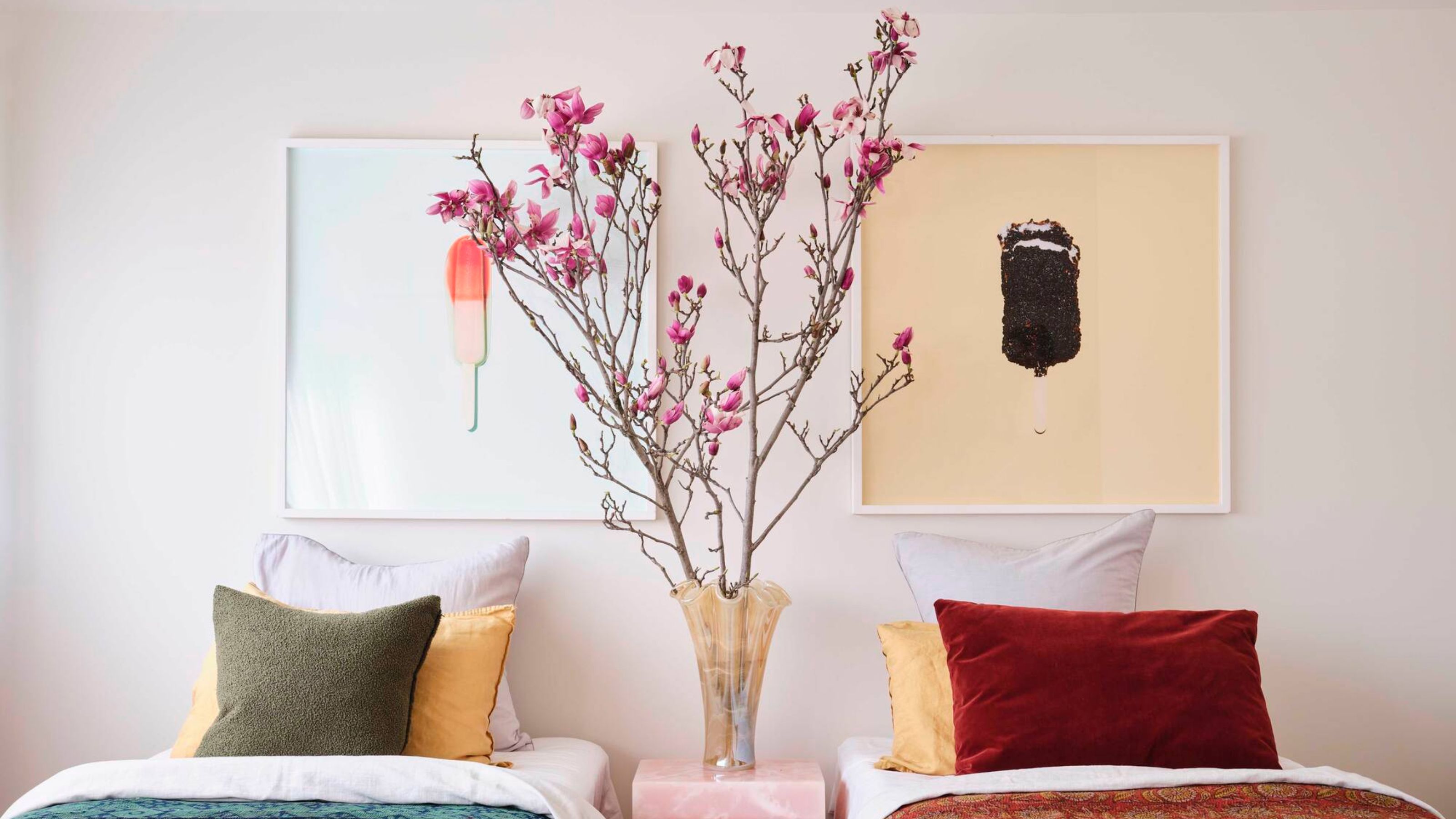 6 Cut Flower Trends That Will Bring Lushness, Life, and a Little Bit of Luxe to Your Interiors in 2025
6 Cut Flower Trends That Will Bring Lushness, Life, and a Little Bit of Luxe to Your Interiors in 2025These are the fresh blooms florists and designers are favoring this year, plus how to arrange them for a striking look that fills your home with joy
By Lilith Hudson
-
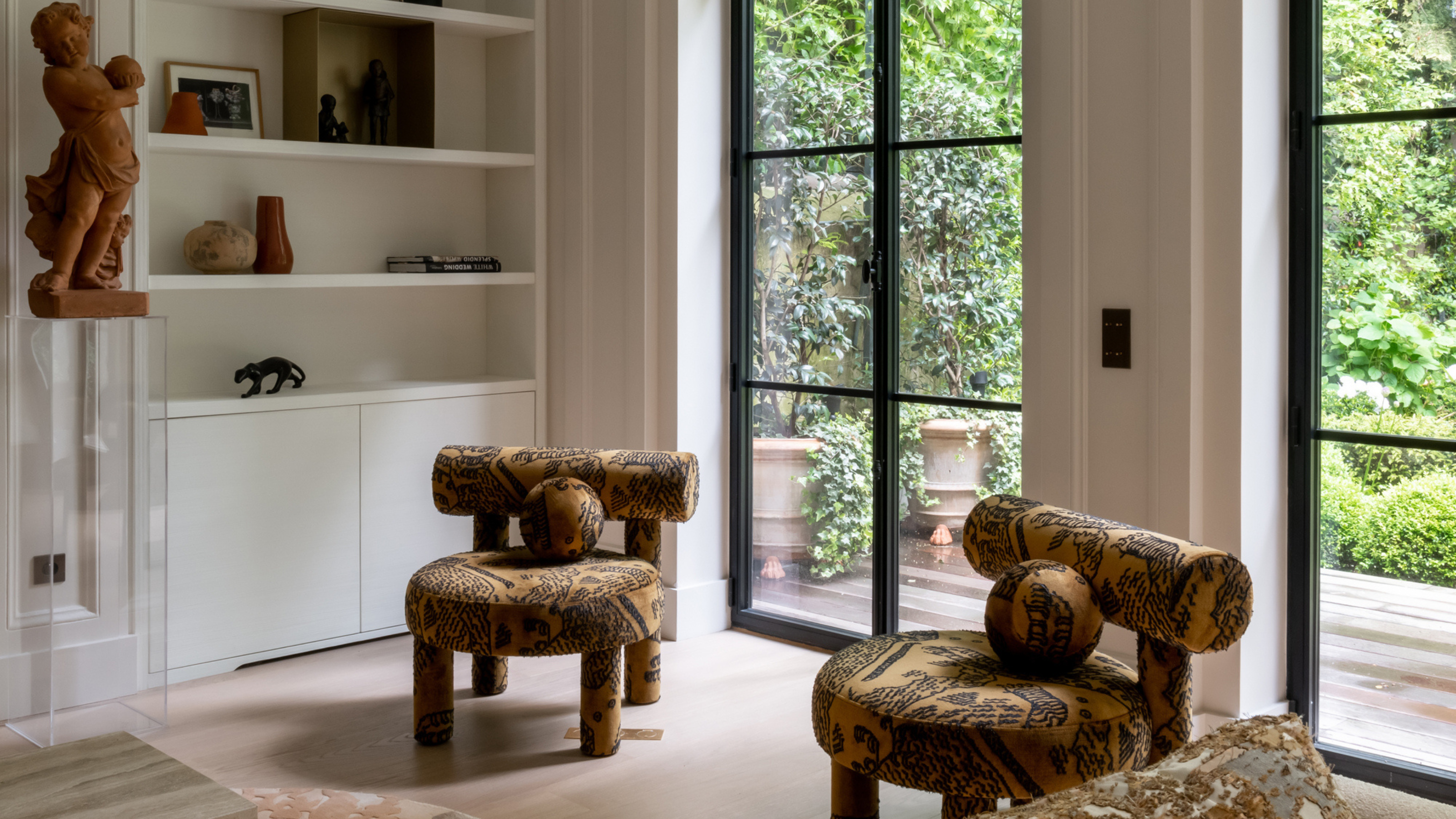 I Spy With My Design Eye: This Specific Fabric Print Is Literally Everywhere Right Now — We've IDed It for You
I Spy With My Design Eye: This Specific Fabric Print Is Literally Everywhere Right Now — We've IDed It for YouIt's whimsical, artistic, and full of character. We've called it already: Dedar's 'Tiger Mountain' is the fabric that will define 2025
By Devin Toolen
-
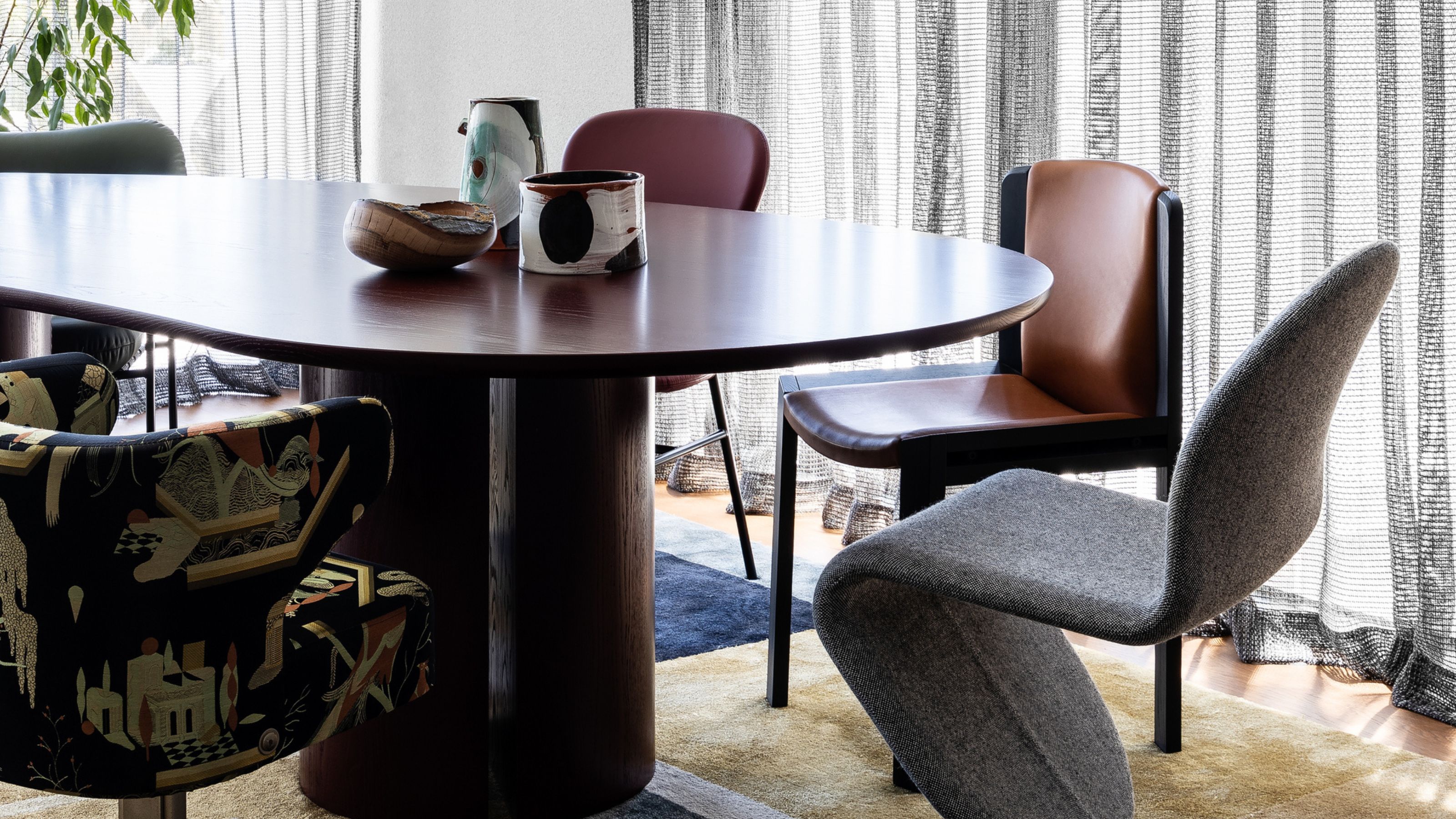 Having Mismatched Dining Chairs Is the New Telltale Sign of Serious Style — Here's How to Make It Look Intentional
Having Mismatched Dining Chairs Is the New Telltale Sign of Serious Style — Here's How to Make It Look IntentionalOnce considered a sign of a lack of care, a dining room table with different chairs now screams ultimate curation... if you can do it right, that is
By Olivia Wolfe
-
 There’s a New Shape in the Garden — Why Whimsical Curves Might Be the Outdoor Furniture Silhouette of the Summer
There’s a New Shape in the Garden — Why Whimsical Curves Might Be the Outdoor Furniture Silhouette of the SummerPowder-coated petals, wavy lines, and a hint of surrealism — this microtrend is blooming, and we’re paying attention
By Julia Demer
-
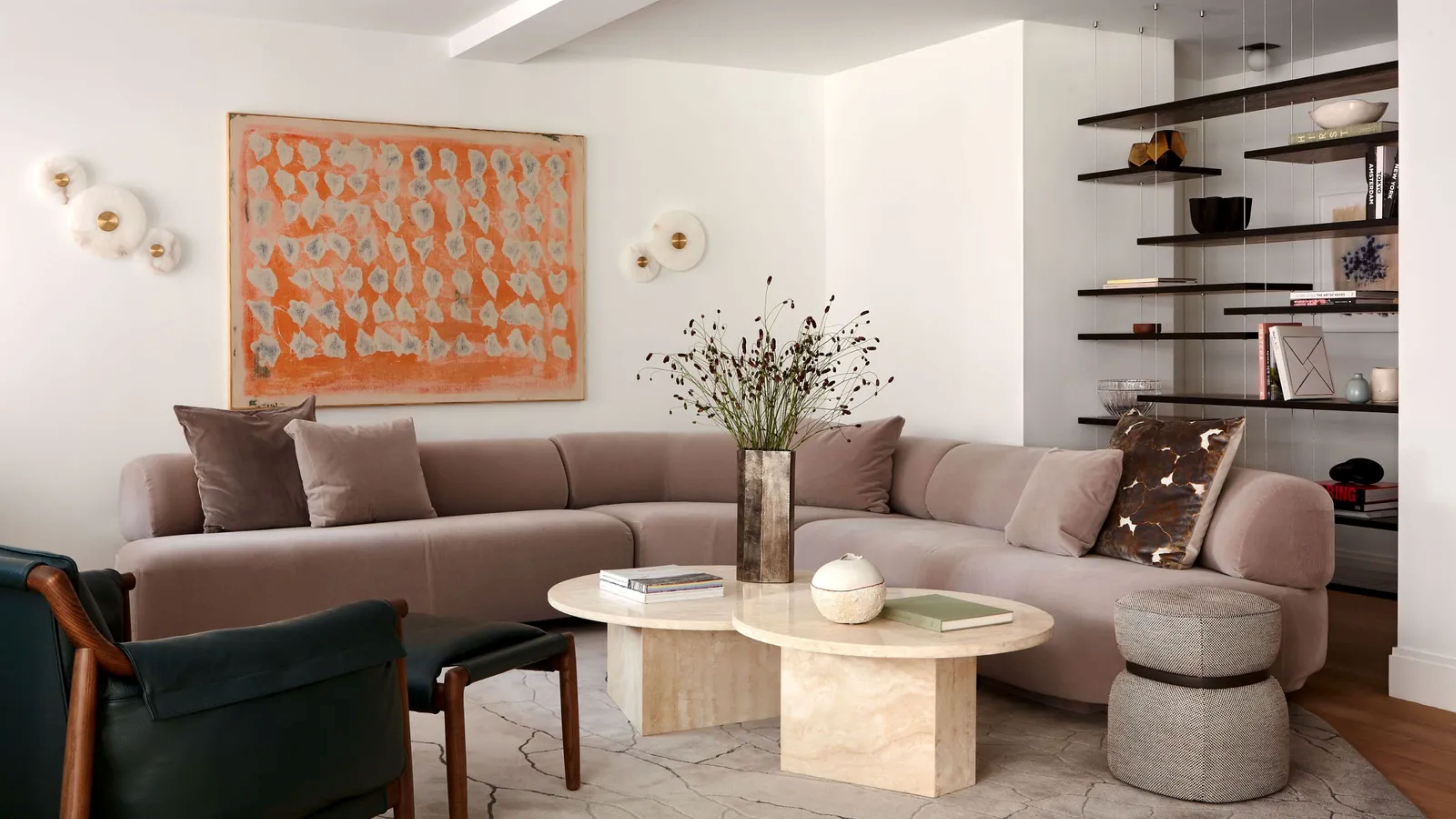 I Asked Interior Designers to Share the Worst Decorating Trends They've Seen on Social Media
I Asked Interior Designers to Share the Worst Decorating Trends They've Seen on Social MediaJust because something is trending, doesn't mean it's tasteful — from dupe-culture to OTT lighting, here's what designers hate seeing in homes
By Devin Toolen
-
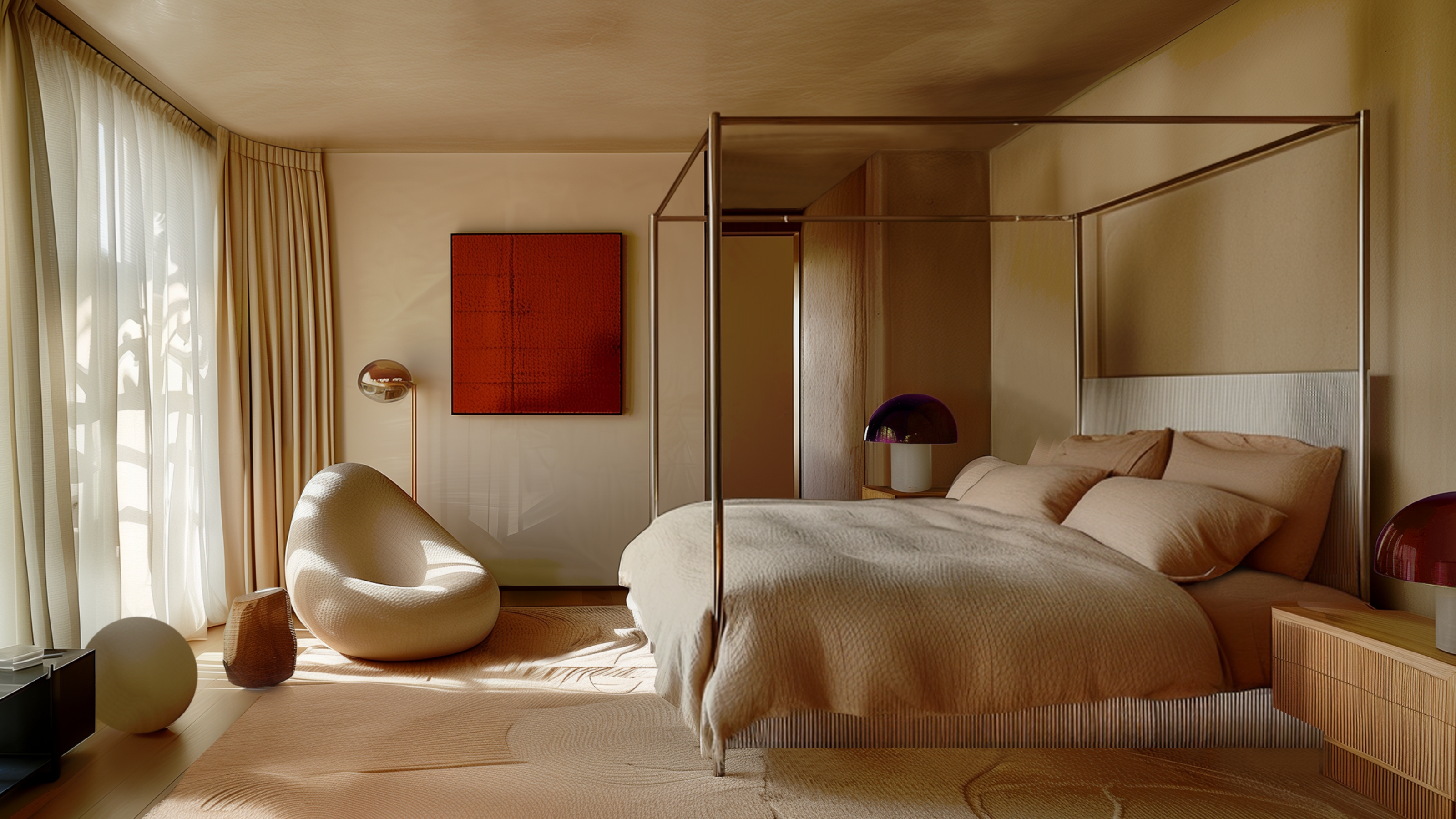 I'm Calling It — Chrome Decor Is the Most Influential Design Trend of 2025 for Rooms That Feel Effortlessly Cool
I'm Calling It — Chrome Decor Is the Most Influential Design Trend of 2025 for Rooms That Feel Effortlessly CoolHave you been eyeing a chrome candle holder or side table to complete your room's look? This is your sign to embrace the shiny, chic material
By Olivia Wolfe
-
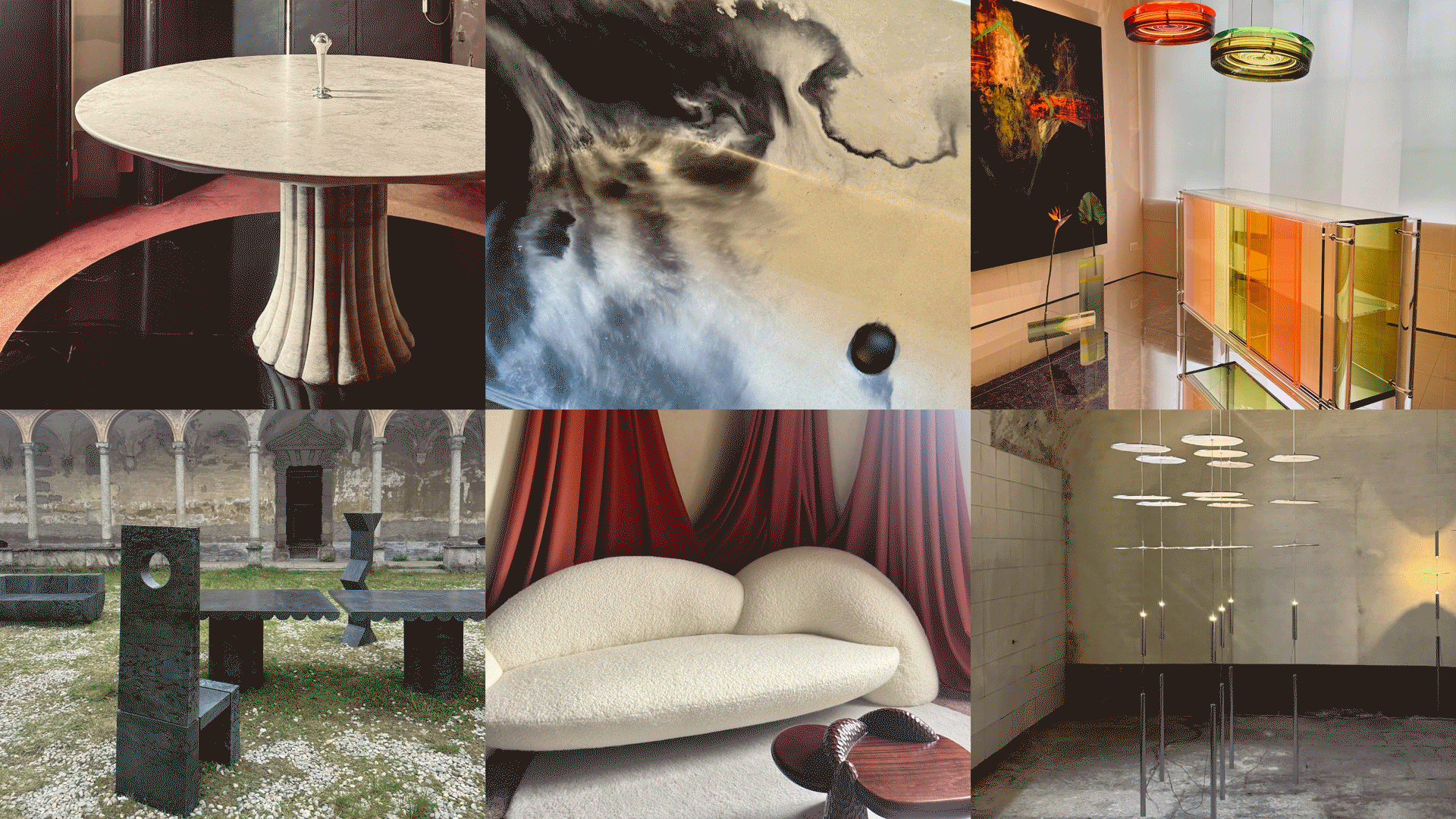 Straight from Salone: 5 Emerging Trends I Found in Milan That'll Shape Interiors for the Year Ahead
Straight from Salone: 5 Emerging Trends I Found in Milan That'll Shape Interiors for the Year AheadFrom reflective silver to fluidity, here's my perspective on the key themes and new moods coming through from Milan Design Week
By Sarah Spiteri
-
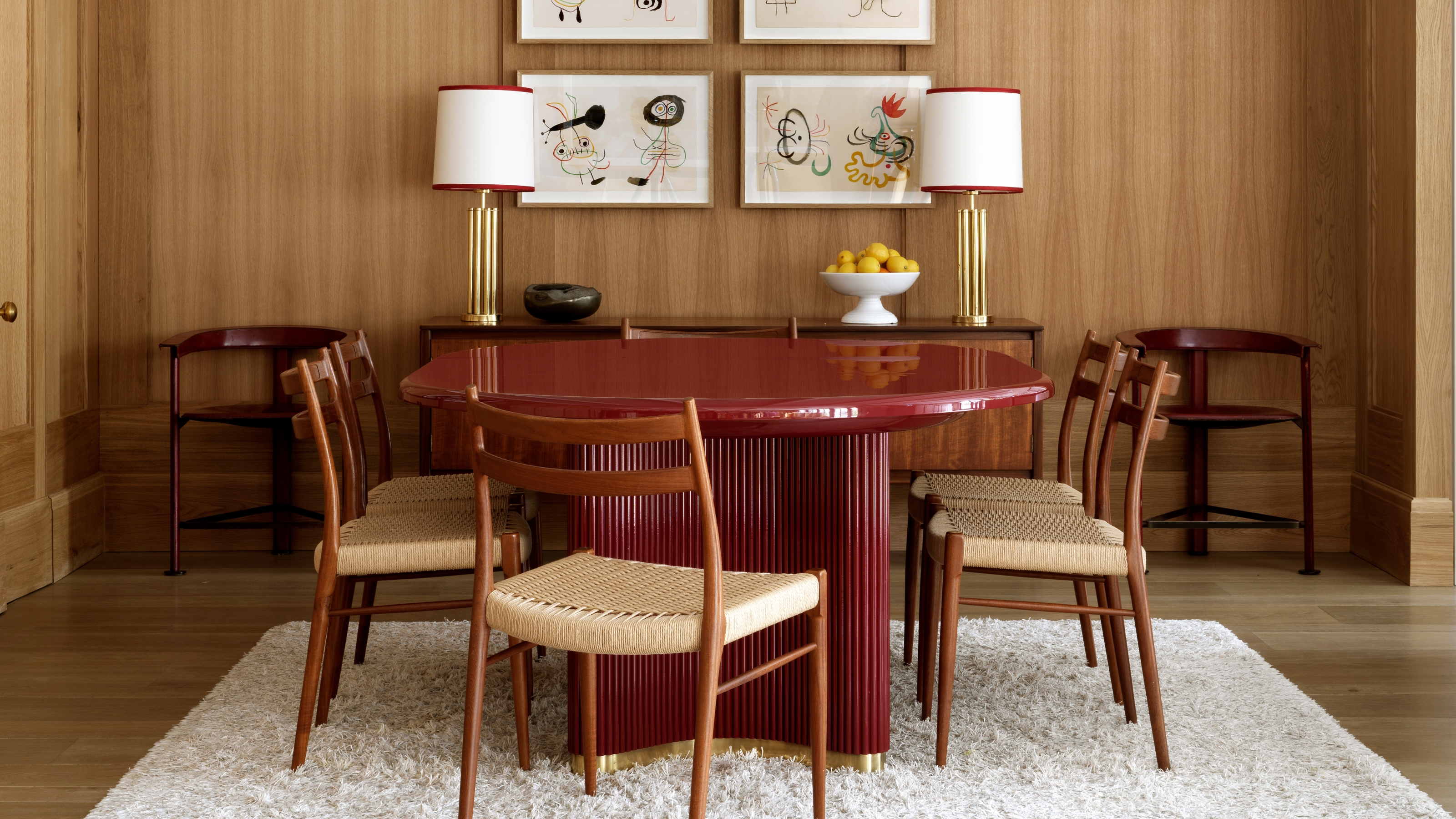 The 'Red Table Trick' Is the Easiest and Most Expensive-Looking Trend to Hit 2025 So Far
The 'Red Table Trick' Is the Easiest and Most Expensive-Looking Trend to Hit 2025 So FarA red dining table makes a seriously stylish statement; the beloved pop of red trend just got an bold and expensive-looking upgrade
By Olivia Wolfe